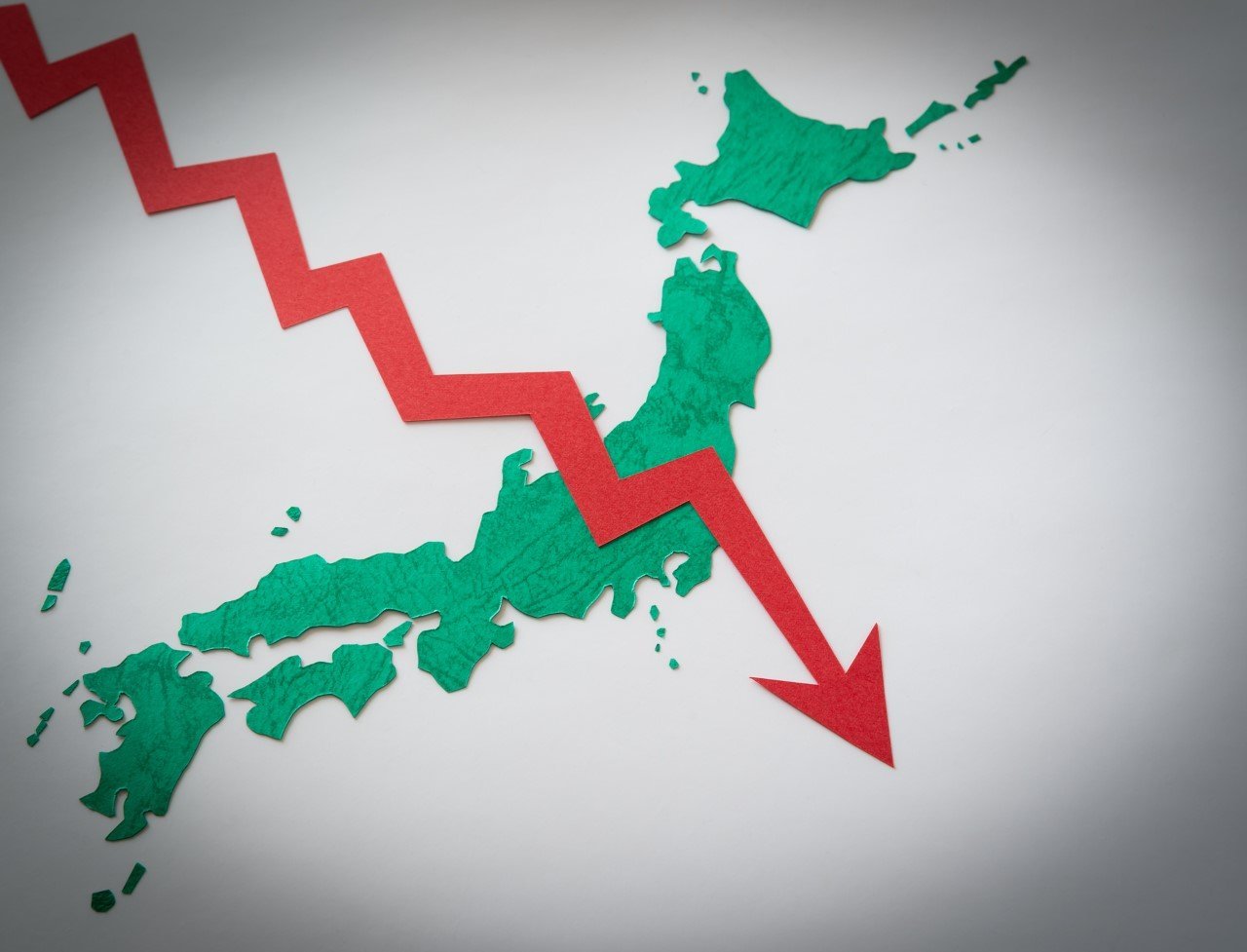2016/12/14
Hideaki Shimizu, Lessons from Financial Crises and Assessments of Financial Stability: The Perspectives of International Institutions and National Authorities
Lessons from Financial Crises and Assessments of Financial Stability: The Perspectives of International Institutions and National Authorities
Hideaki Shimizu
Senior Research Fellow
Introduction
Financial markets have been experiencing high volatility since the beginning of the year, with observers attributing it to market sentiments that are prone to swing to "risk-off" due to growing concern over the effects on the global economy from an economic slowdown in China, decline in crude oil prices, and others. In retrospect, markets had already started to wobble in 2015: the deceleration of growth in emerging economies, weak commodity prices, and the impact of interest rate hikes in the United States were causes for worry. International institutions and financial authorities around the world have drawn on the lessons of past financial crises in efforts to prevent future meltdowns, but the lingering trauma of the global financial crisis of 2008 has made it hard to dispel the sense of anxiety enveloping the market. This paper looks at several important lessons from the recent financial crises, provides a basic overview of the responses, and outlines current assessments of financial stability provided by major international institutions and financial authorities.
-
Lessons from financial crises
The discourse on the global financial crisis generally revolves around a vast erosion of credit standards in the US home loan market and the role securitized products and other complex financial instruments played in the development of the crisis. However, the first lesson in preventing future crises would be the following: While a crisis always originates from the bursting of a bubble, the question of whether the bursting of a bubble will trigger an actual crisis depends on whether the financial systems in place are fragile and vulnerable.
For example, Ben Bernanke, former chairman of the Federal Reserve, explains that the collapse of the IT bubble in the United States resulted in little more than a standard recession--but the collapse of the housing bubble ended up prompting a global financial crisis because it toppled the fragile framework of the financial system in existence at the time. Bernanke cites specific factors that turned the bursting bubble into the crisis, including an excessive dependence on loans (especially short-term funding), which made the financial system extremely susceptible to pressure, and insufficient oversight by regulatory and supervisory authorities, in which there was not enough attention being paid to the stability of the financial system taken as a whole.
At the request of the G20, the International Monetary Fund (IMF) conducted research on developing an early warning exercise for financial crises. After evaluating the circumstances surrounding past crises, the research concluded that crises result from the collision of vulnerabilities of an economic or financial nature and specific trigger events. An underlying vulnerability is a necessary, but not a sufficient, condition for a crisis. Typical examples of vulnerabilities include an excessive debt and a credit or asset price bubble, as well as a balance sheet mismatch in currencies and maturities. A crisis trigger, however, could be almost any event, such as political turmoil or contagion from other countries. Past studies generally found crisis triggers to be unpredictable, but have underlined the benefits of identifying underlying vulnerabilities, which always have a hand in shaping financial crises when they arise.
-
Efforts to prevent another crisis
Since the global financial crisis subsided, countries have worked to revise their regulatory and supervisory frameworks to prevent future crises in light of both common features observed in past crises--and contemporary issues including increased opaqueness and concentration of risk that the widespread use of complex financial instruments can cause, as well as contagion of crisis.
The United States has taken several steps to fortify its structures. The Dodd-Frank Wall Street Reform and Consumer Protection Act (2010) significantly bolstered regulations on the soundness of financial institutions, and established the Financial Stability Oversight Council where regulators including the Department of the Treasury, the Federal Reserve, and various supervisory organizations work together to identify and address risks to the financial stability.
Internationally, the Basel Accords underwent revisions that eventually produced the Basel III installment. Agreed upon in 2010, Basel III stipulates new capital adequacy requirements, liquidity regulations, and leverage ratio standards, among other items. The Financial Stability Board (FSB), an international body established in 2009, monitors and makes recommendations about the global financial system to address vulnerabilities affecting the global financial systems and promotes coordination and information exchange among authorities responsible for financial stability. The FSB--comprised of central banks, treasuries, and other national financial authorities from 25 major countries and regions, international standard-setting and other bodies, the IMF, the Organisation for Economic Co-operation and Development (OECD), the World Bank, the Bank for International Settlements (BIS)--issues consensus proposals and reports. Endorsed by G20, the FSB promotes member jurisdictions' implementation of agreed commitments, standards and policy recommendations.
The IMF pursues improved surveillance of international financial systems and publishes Global Financial Stability Report (GFSR) twice a year. Since the global financial crisis, the IMF works with the FSB to conduct regular Early Warning Exercises (EWEs) based on the above research, and the findings are presented to senior officials from around the world during the IMF-World Bank Spring and Annual Meetings. Although the IMF does not release the results of its EWEs, the organization says that EWE activities seek to identify the vulnerabilities and triggers that could precipitate systemic crises and also to identify risk-mitigating policies, including those that would require international cooperation.
National financial authorities and international institutions, including the Bank of Japan, often monitor unique indicator groups for early-warning purposes to check for signs of vulnerabilities in financial systems, and conduct macro stress tests to look into the possible effects of "extreme but plausible" shocks on financial systems. Official reports on financial stability generally detail the results of these various projects as well.
Driving these types of initiatives is a belief in the need for macroprudential policies--a shared understanding that stabilizing the overall financial system will require more than what microprudential policies, with their focus on the soundness of individual financial institutions, can offer. From the macroprudential perspective, stability hinges on analyzing the risks facing the entire financial system and then designing systems and policies accordingly. The opinions differ, however, on whether, in case financial bubbles and vulnerabilities in the financial system begin to emerge, only macroprudential policy tools such as regulatory and supervisory measures (financing regulations in specific areas, for example) should be applied, or monetary policy tools including policy interest rate hikes should also be applied for preventive purposes.
For example, former Federal Reserve Chairman Bernanke called the idea of using monetary policy with economy-wide impact to address bubbles as being akin to "using a sledgehammer to kill a mosquito." The approach that should be taken, he argued, is to concentrate first on regulatory and supervisory measures. This seems to essentially represent the Federal Reserve's basic stance on the matter. While Bernanke does remain receptive to monetary policy when other measures prove ineffective, his basic viewpoint represents a stark difference from the views of officials such as BIS Monetary and Economic Department Head Claudio Borio, who has long argued that monetary policy should be used as a way of preventing bubbles if necessary, considering the damage that unwinding of financial imbalance brought on by bursting bubbles does to the economy. According to media reports, there are even conflicting opinions among the Federal Reserve Bank presidents on the proper approach. It would thus remain a challenge for national authorities whether they can quickly agree on and execute effective policy measures when financial vulnerabilities once again become a pressing issue.
-
Current assessments of financial stability
Last year, reports from international institutions and major financial authorities were unanimous in sounding alarms on increasing vulnerabilities stemming from expanding debt in emerging market economies.
In its October 2015 GFSR, the IMF noted sharp increases in private-sector leverage in many emerging economies as seen in the growing level of corporate debt in emerging markets, which quadrupled between 2004 and 2014. Higher leverage has also been associated with rising foreign currency exposures. This confluence of borrowing and foreign currency exposure has increased the sensitivity of these economies to a tightening of global financial conditions brought on by climbing interest rates, an appreciating dollar, and greater risk aversion. The IMF also warned of other potential dangers, including the risk that re-evaluations of risk premiums could lead to increasing volatility in markets of assets with relatively low market liquidity, and the risk that heightened leverage in investment funds with embedded leverage through derivatives could amplify market shocks.
The BIS has been keeping a careful eye on rising debt in emerging economies for many years, calling attention to the financial vulnerabilities that such markets demonstrate. At the media briefing for its December 2015 Quarterly Review, BIS Monetary and Economic Department Head Borio pointed out that the stock of dollar-denominated debt in emerging market economies (EMEs) had roughly doubled since early 2009 to over $3 trillion, and its value in domestic currency terms had grown in line with the US dollar's appreciation, weighing on financial conditions and weakening balance sheets. The report expressed a concern, saying, "less favourable financial market conditions, combined with a weaker macroeconomic outlook and increased sensitivity to U.S. interest rates, heighten the risk of negative spillovers to EMEs (such as increases in long-term interest rates, currency depreciations, and capital outflows) once U.S. rates do start to rise in the United States. Tighter financial conditions could also accentuate rising financial stability risks in a number of EMEs." BIS economists have long been raising an alert over the potential side effects of prolonged monetary easing in the United States and other developed countries. Rising debt levels in EMEs and the unusually low risk premiums evident in some financial markets are, according to the BIS, the distorted products of protracted monetary easing.
The U.S. Department of the Treasury's new Office of Financial Research (OFR) also released a report on financial stability in December 2015. While asserting that threats to the stability of the U.S. financial system remain moderate overall, the OFR explains that some risks have edged higher over the past year. The report discusses three major concerns. First, credit risks are elevated and rising for U.S. nonfinancial businesses including energy and commodity industries, as well as for many emerging markets, as debt levels climb. Second, the persistence of low interest rates and tight risk premiums continue to incentivize financial risk-taking and borrowing, contributing to excesses that could pose financial stability risks, including investor reach-for-yield behavior, and, as noted, the high level and rapid growth of U.S. nonfinancial business debt. Third, the uneven structural resilience of the financial system: Given that financial risks have migrated outside the regulatory perimeter and that market liquidity, diminishing sharply under stress and amplifying shocks, appears fragile in recent years, the OFR is guarded in its assessment: "Although the overall resilience of the financial system has improved, that resilience is uneven."
Conclusion
Excessive debt needs to be adjusted to a sustainable level relative to cash flow. Demand forecasts and profit projections will continue to be revised as the economies of China and other emerging markets slow down and commodity prices remain weak. Repricing in the financial markets, including repricing of risk premiums, will also continue accordingly. These could sway assessments of debt sustainability, which might place a financial system somewhere on the globe under substantial stress--and eventually have a worldwide impact through financial contagion. In 2016, financial authorities, financial institutions, and asset managers in Japan will need to pay even closer attention to vulnerabilities in the economies, markets, and financial systems around the world, and endeavor further to make rational decisions in a timely manner.
This article was originally published in Japanese in IIPS Quarterly Vol. 7.2, April 2016.






